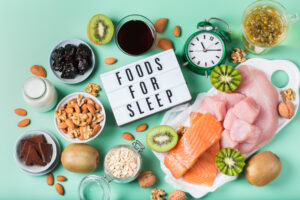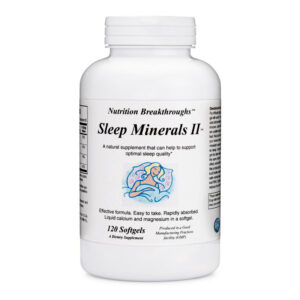TrendLists is a website that reviews Internet sites in many different categories and comes up with the best three on the web in each area. Every conceivable category of interest is included. Nutrition Breakthroughs has been chosen as a “Top 3” website in the category of Nutrition Websites. According to TrendLists.com: “This is a 100% unbiased and handpicked Top3-list of the top Nutrition Websites. First of all, my editors do a lot of research and pull together a massive list of the top 100 Nutrition Websites.”
“When that’s done they try to narrow it down to only three sites which will be included in the Top3-list. This is not the easiest thing but they look for quality factors, user value, and of course also diversity when selecting the best Nutrition Websites.”
Jobee Knight, President of Nutrition Breakthroughs says: “This is a great honor and we thank TrendLists for selecting us. We designed this site from the beginning to be informative and helpful by featuring articles and studies on natural remedies that are proven to work. We prefer people use healthful solutions as opposed to drugs. Our “History of Nutrition” page is the #1 site on the web on this topic and our insomnia remedy Sleep Minerals II, with absorbable calcium and magnesium, is used worldwide by people who prefer natural insomnia remedies to sleeping drugs.”
Kimberly B. of Troy Michigan says: “I have been taking Sleep Minerals II for about a month now. I have tried everything out there and this supplement is amazing. I have suffered with insomnia for two and a half years and have had restless leg syndrome my entire life. This is the first relief I’ve ever had…it’s gone for a month now.”
The TrendLists web site describes their process of selection and their purpose for making people more aware of nutritional information. “The Nutrition Websites listed … are hand picked by our editors and they are all trusted and very good Nutrition Websites. Staying fit and healthy all boils down into one single most important factor – nutrition. If people know what they are eating and what they can get from the food that they eat, then they will become more conscious and knowledgeable about food. And as a result they would eat right and become fit and very healthy in the process.”
TrendLists says this about the Nutrition Breakthroughs website: “There is a part here that focuses on women’s health and there is also a portion that is just for men. The nutrition dictionary that can be found here is really very good since people can check it any time for reference.”
To visit the Nutrition Breakthroughs website, use this link: http://www.NutritionBreakthroughs.com
For more information on the effective natural insomnia remedy Sleep Minerals II, visit here: http://www.NutritionBreakthroughs.com/html/sleep_remedy_for_insomnia_help.html






